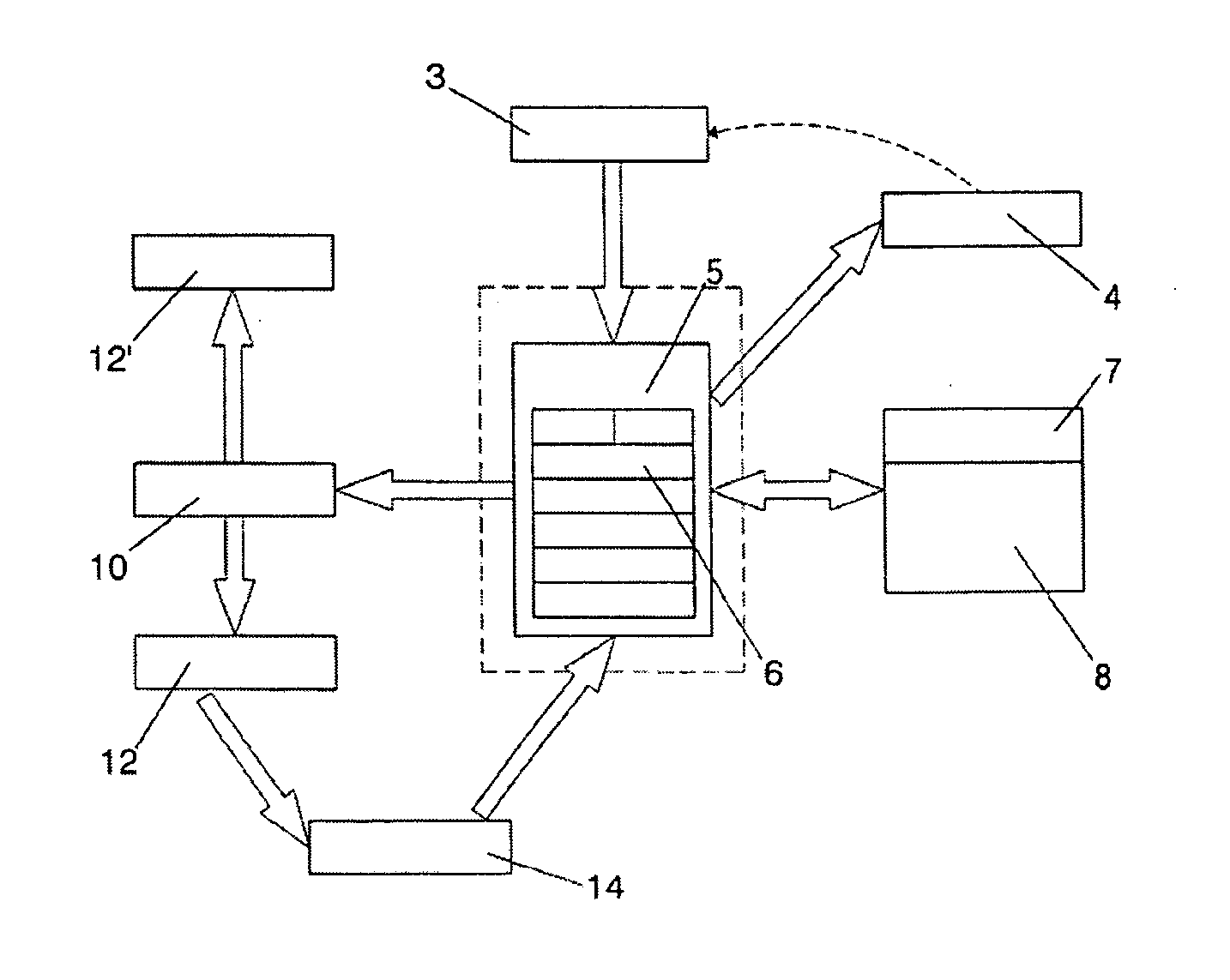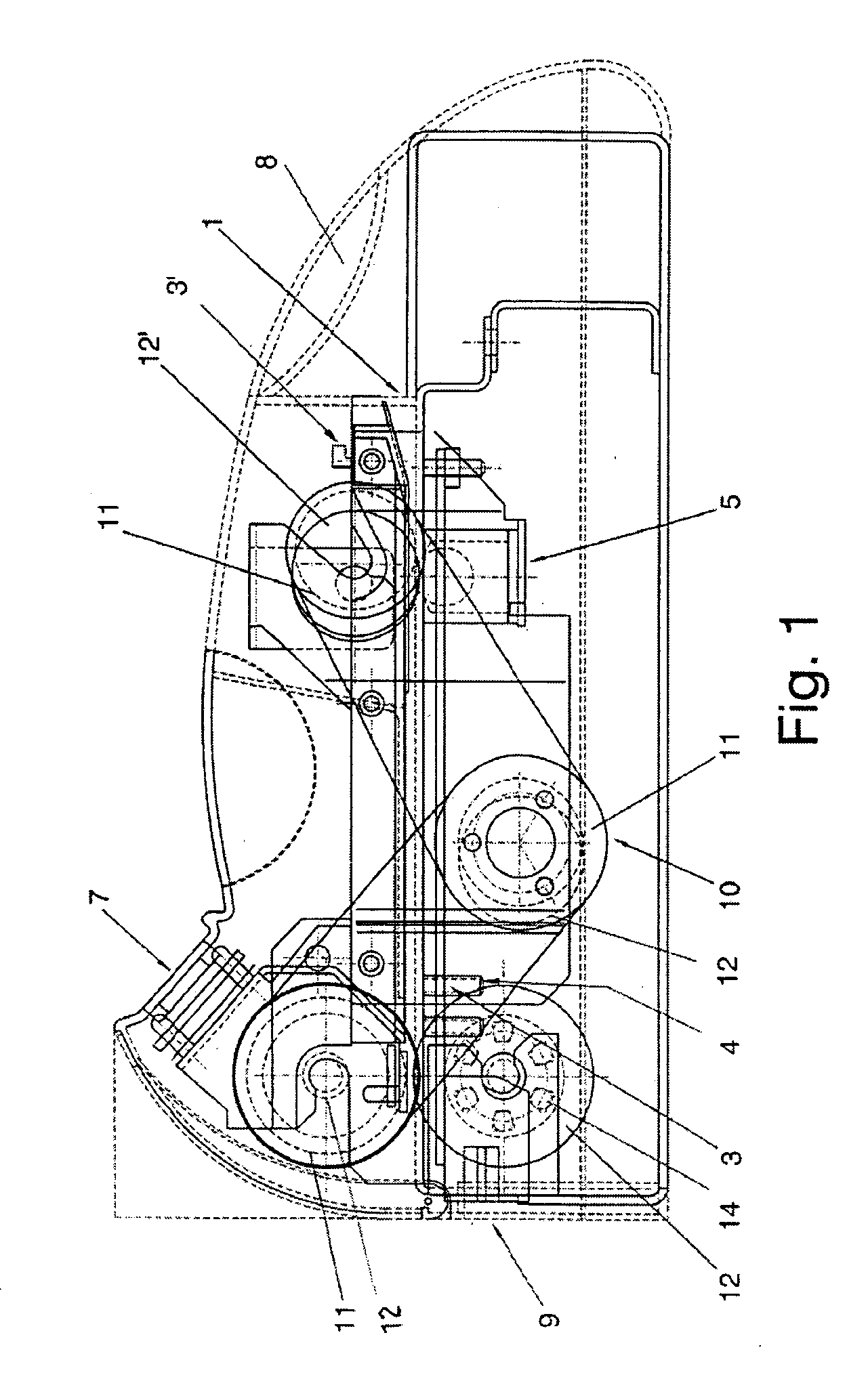System for recognizing and validating banknotes
- Summary
- Abstract
- Description
- Claims
- Application Information
AI Technical Summary
Benefits of technology
Problems solved by technology
Method used
Image
Examples
Embodiment Construction
[0008] The proposed invention is directed to the segment of the market which does not have an intermediate device which is reliable and economical, and conceived for filling the gap existing in the field of recognizing and validating bank notes so that an efficient and secure recognition and validati on of the notes can be performed.
[0009] The system is based on the digital study of analogical signals seized in the notes themselves, in order to unequivocally assure the type of document, including several emitters of radiations in the infrared spectrum which make the latter act on the different security measures incorporated in the notes, such as water marks, the paper opacity, the security filament, the different types of inks, the different printing systems, etc. The emitters are of two types, one of transmission and the other of reflection, such that the signals reflecting the security measures of the note are seized by several probes which send them to a microcontroller where the...
PUM
 Login to View More
Login to View More Abstract
Description
Claims
Application Information
 Login to View More
Login to View More - R&D
- Intellectual Property
- Life Sciences
- Materials
- Tech Scout
- Unparalleled Data Quality
- Higher Quality Content
- 60% Fewer Hallucinations
Browse by: Latest US Patents, China's latest patents, Technical Efficacy Thesaurus, Application Domain, Technology Topic, Popular Technical Reports.
© 2025 PatSnap. All rights reserved.Legal|Privacy policy|Modern Slavery Act Transparency Statement|Sitemap|About US| Contact US: help@patsnap.com



